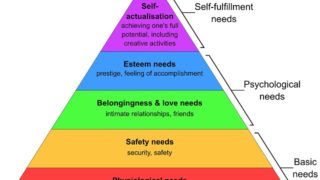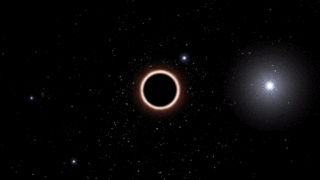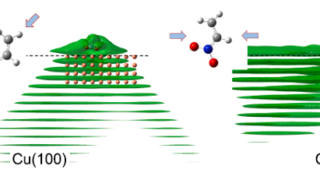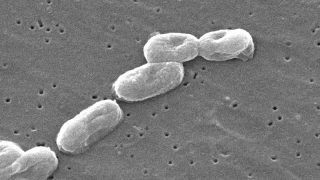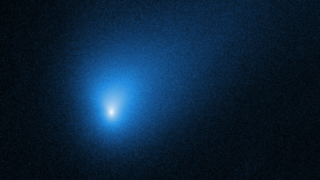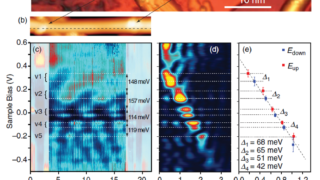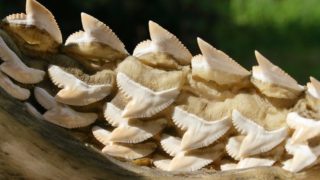
The next pandemic is already happening – targeted disease surveillance can help prevent it
As more and more people around the world are getting vaccinated, one can almost hear the collective sigh of relief. But the next pandemic threat is likely already making its way through the population right now. My research as an infectious disease epidemiologist has found that there is a simple strategy to mitigate emerging outbreaks: […]
